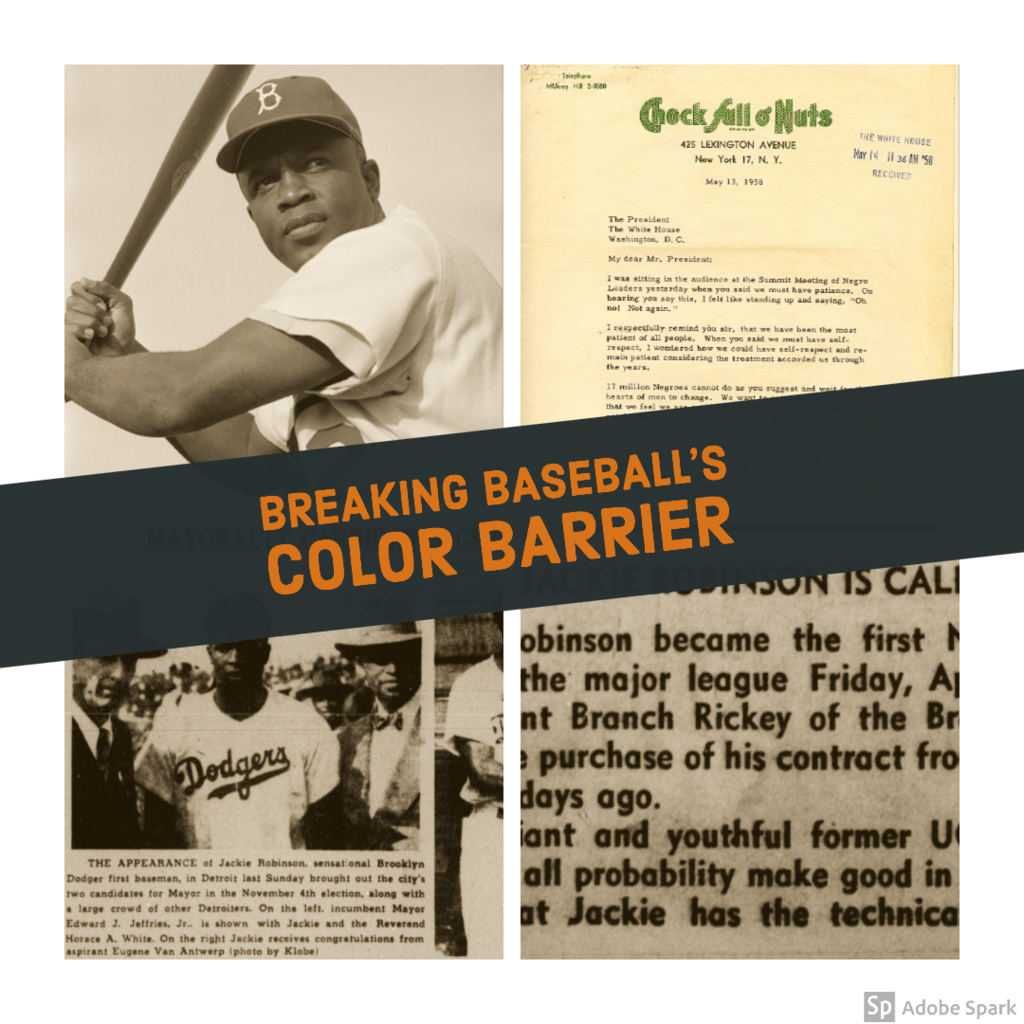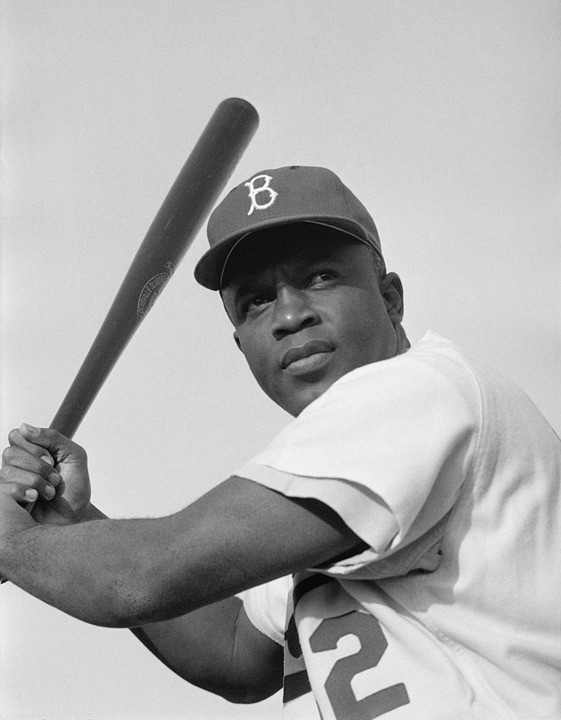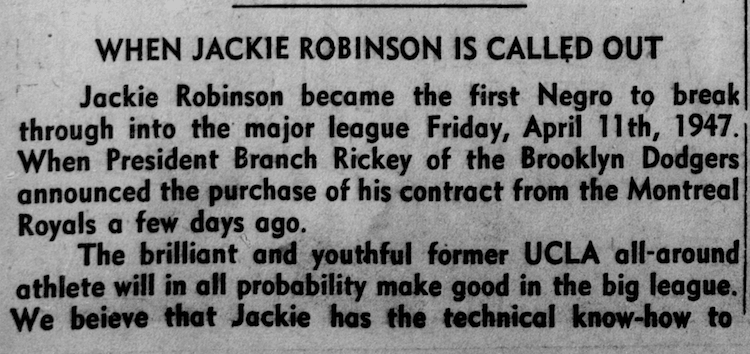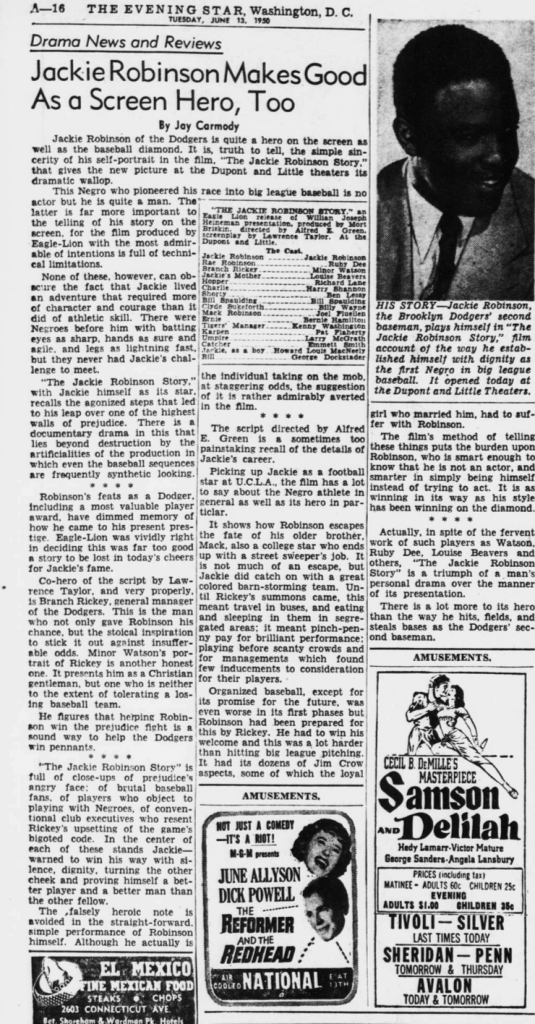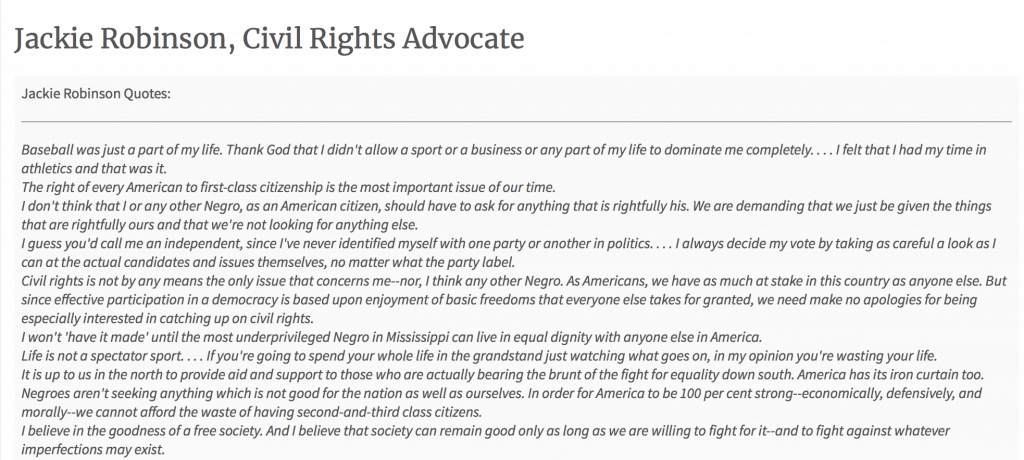Students today face an incredible challenge.
Smartphones, social media, and the internet provide students with an inexhaustible stream of content. Whether it be in the form of advertisements, news, or pure entertainment, consumable media is seldom out of reach. The ease at which this content can be produced heightens the threat of misinformation and the spread of false narratives. In order to responsibly engage with the abundance of digital content at our disposal, the need for critical, reflective thought is paramount.
Students also face an incredible opportunity.
With the amount of online resources at their disposal, the speed and efficiency of communication and the ability to use these tools via a mobile, handheld platform, students have unprecedented access to the world around them and the capacity to learn from it. Not only is it important for students to think critically about the ideas they encounter in the digital realm, they should also come to know and understand the platforms that supply them.
My goal as a social studies teacher is to provide students with many opportunities to learn and engage with the mediums that shape their worldviews. As more individuals begin to embrace digital lifestyles, our notions of literacy will continue to develop to reflect these patterns in digital consumption. We should equip our students with the necessary skills to navigate these changes with proficiency and critical minds.
As you explore this site you will find a number of activities I have designed for students to engage with various forms of media. Each activity prompts higher-order thinking and reflection, encouraging students to find connections with the material and their own lives.
Project Showcase
This first assignment features National Park Posters from the New Deal Era. After providing some necessary background knowledge, students are asked to explore the image and reflect on the relationship between art styles and production methods. This is an opportunity for students to discuss how a medium can influence the final product – in this case, a silkscreen print. How do other platforms, like Instagram or Twitter, shape the outcome of their content? This assignment features a Google Form to collect student responses, which can be exported to an excel document for further review and assessment.
This post features a method, Visual Scribing, which can be used both as an instructional tool and a form of student assessment. Scribing is a strategy for taking large quantities of information and arranging it, artistically, in visual space. It’s great for visual learners, and adds an additional layer of planning for students who are assigned to scribe as an assessment. How do we represent ideas visually? How can I incorporate symbolism and imagery into my work? Scribing deepens understanding by prompting students to think about ways in which ideas connect in both logical and visual space.
This third assignment was developed as a final portfolio piece: a complete unit in which students can explore a social studies phenomenon through documents, videos, cartoons, and audio clips. Each document is accompanied with background information and questions to prompt critical thinking. This assignment explores an enduring question through the time period of the McCarthy era. Students will use history as a lens for engaging with problems that are just as relevant today as they were during the Red Scare.
The goal of these assignments is a common one: to present students with opportunities to ask questions, by developing historical thinking skills such as contextualization, sourcing, corroborating, and by using these skills to perform effective, thorough historical analysis.
We teach to the times we live in. By providing students with the means to become responsible consumers of information, make informed decisions, and deepen their understandings of themselves and the world around them, we can help ensure that future generations are better equipped to face the challenges of the 21st century. My goal is to help students see that “history”, while rooted in the past is not confined to it; rather, that history is a constantly evolving dialogue, influenced by the present as much as the past.




